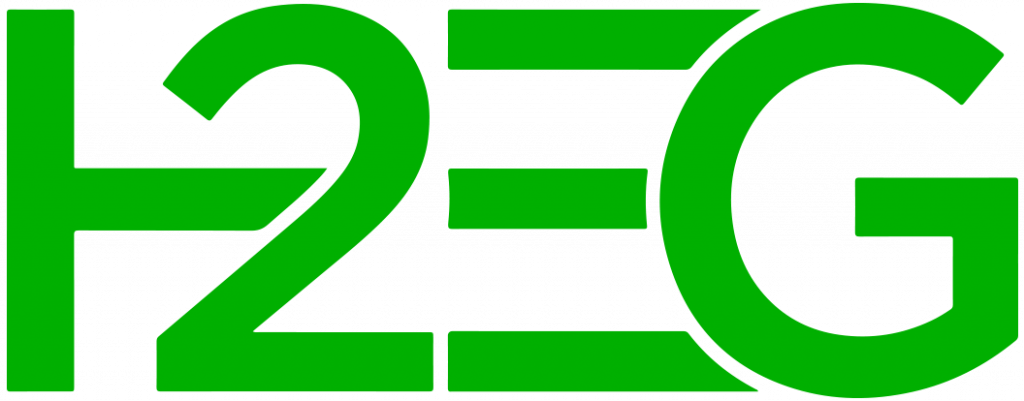
Founder, Chairman and CEO Matthieu Guesné said its 100MW Green Horizon project in Normandy is “well on track” for final investment decision in 2026.
The second tranche of French government subsidy should be released “in the first half of next year” for the 28,000 sqm project. The first payment, for €18.6m, was received in June.
“The time it takes us to get the environmental authorisation [and] to start the construction [means it will] enter commercial operation in 2029,” he said. “Any site which is now starting this kind of authorisation will not enter into operation before the end of the decade.”
The project, near the Grand Canal of Le Havre in the industrial port area of Gonfreville-l’Orcher, is targeting up to 34 tonnes of green hydrogen daily.
Guesné said he was confident that Lhyfe would be one of the “top 10 producers in Europe” and that two sites under construction for 15MW – at Croixrault (5MW) and Le Cheylas (10MW) – should go live next year.
The main offtaker for Le Cheylas will be hydrogen refuelling station firm Hympulsion, which has signed up for 600 tonnes a year for 10 years.
Currently Lhyfe has 22MW of installed capacity and its first production site in Germany recently went live.
Despite the positivity, hydrogen continues to wrestle with enduring financing and offtake challenges, which are placing more scrutiny on costs.
Alongside the upcoming large-scale projects, a key message from Guesné was its continued modular focus, with units stacked liked “lego bricks”.
“It’s way faster to deploy – and way more efficient financially speaking,” he said.
In a wide-ranging presentation, Guesné said the UK “is the best country to invest in for green hydrogen” and highlighted its 20MW Wallsend and 80MW Kemsley projects, both of which are shortlisted under Hydrogen Auction Round Two.
But he was less complimentary about the US, saying the US “is jeopardising the energy transition” with its fossil-fuels-first policy.
Guesné said electrolysis capacities “are starting to take off”, recording nine-times growth since 2021, and global capacity now stands at 4.9GW, with China accounting for more than half the market.

